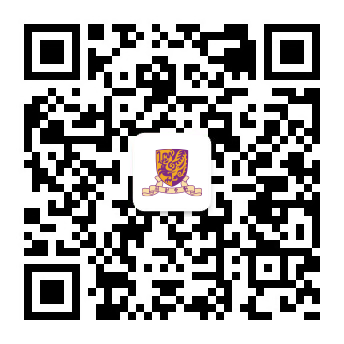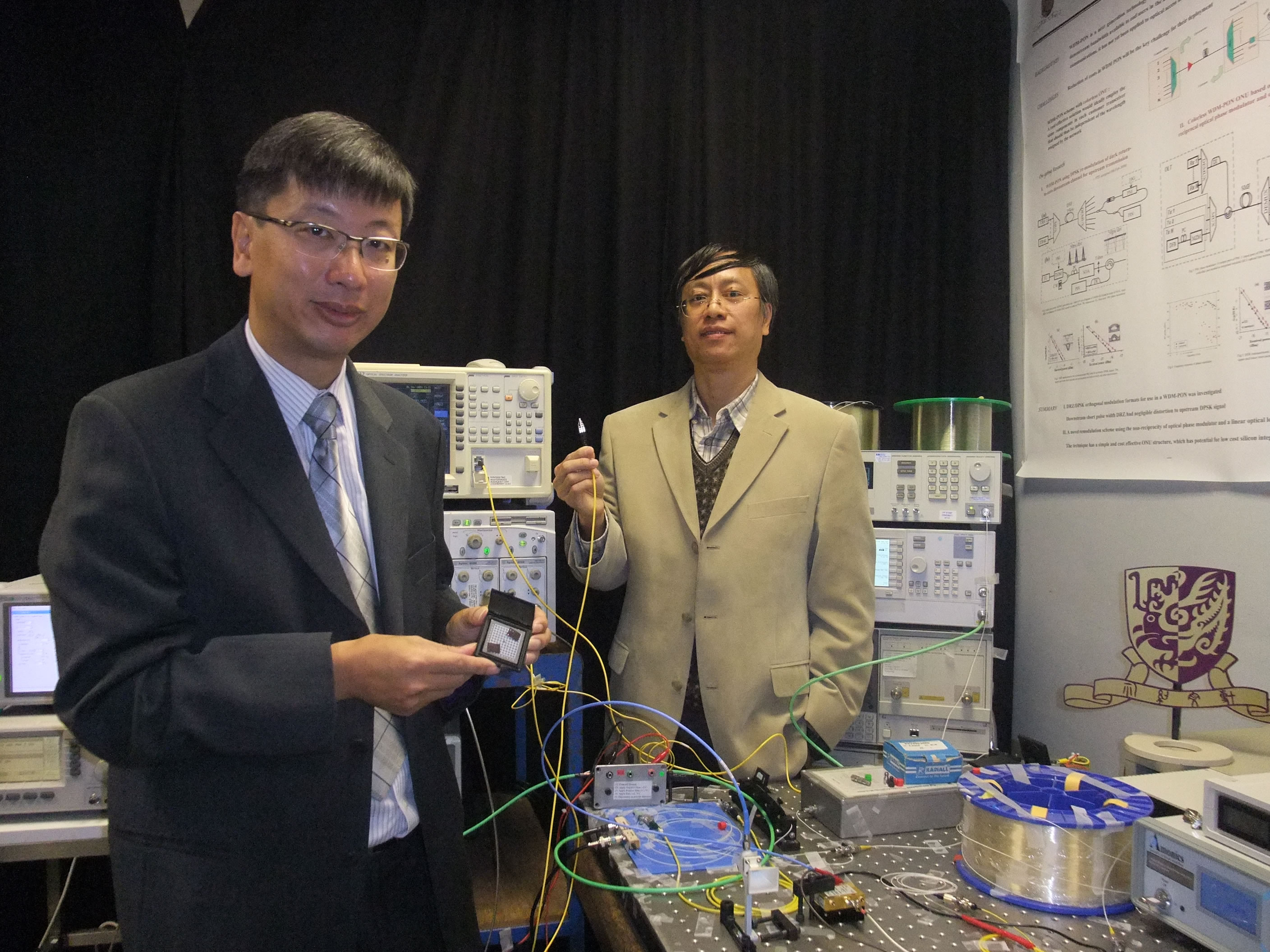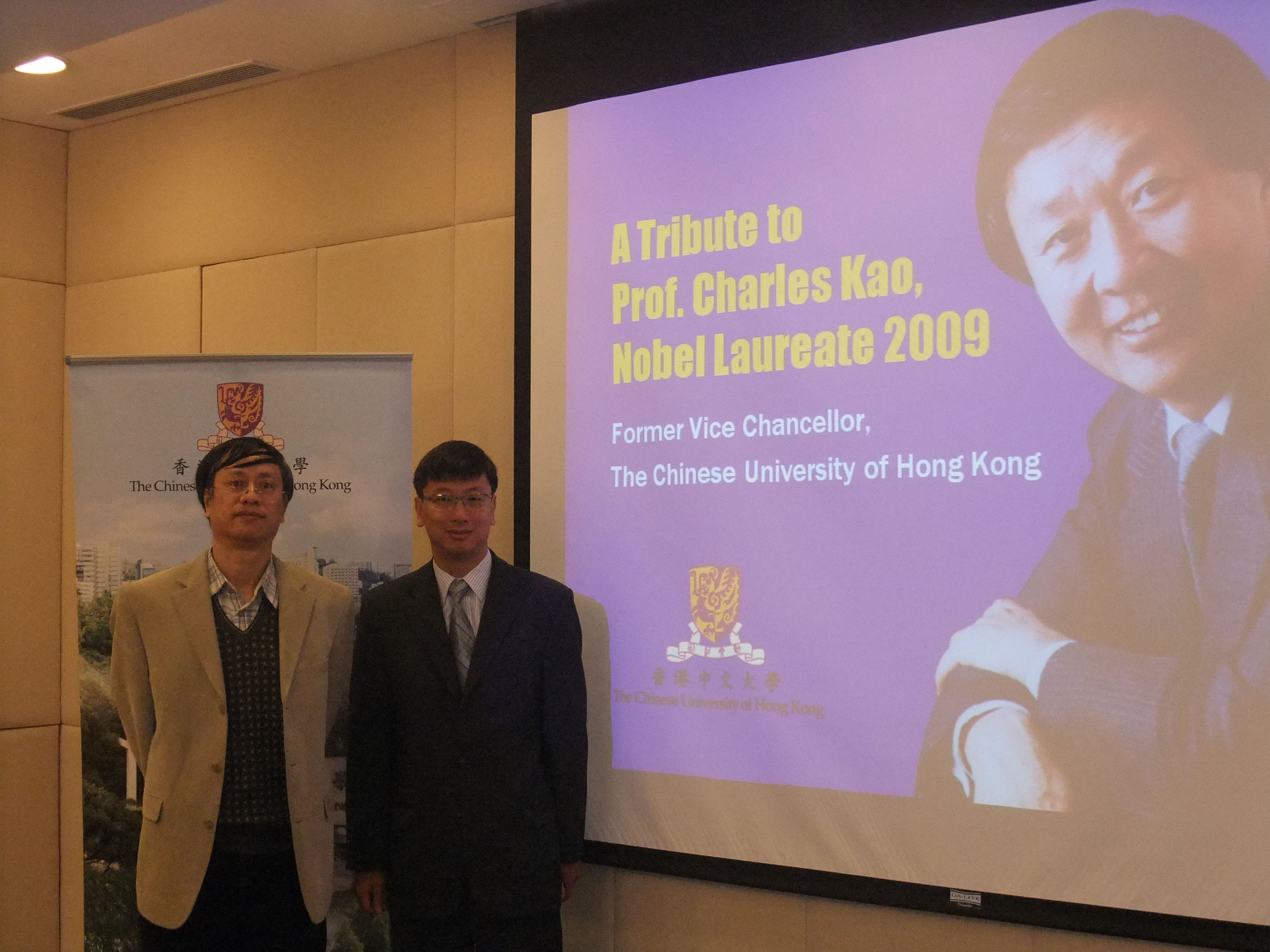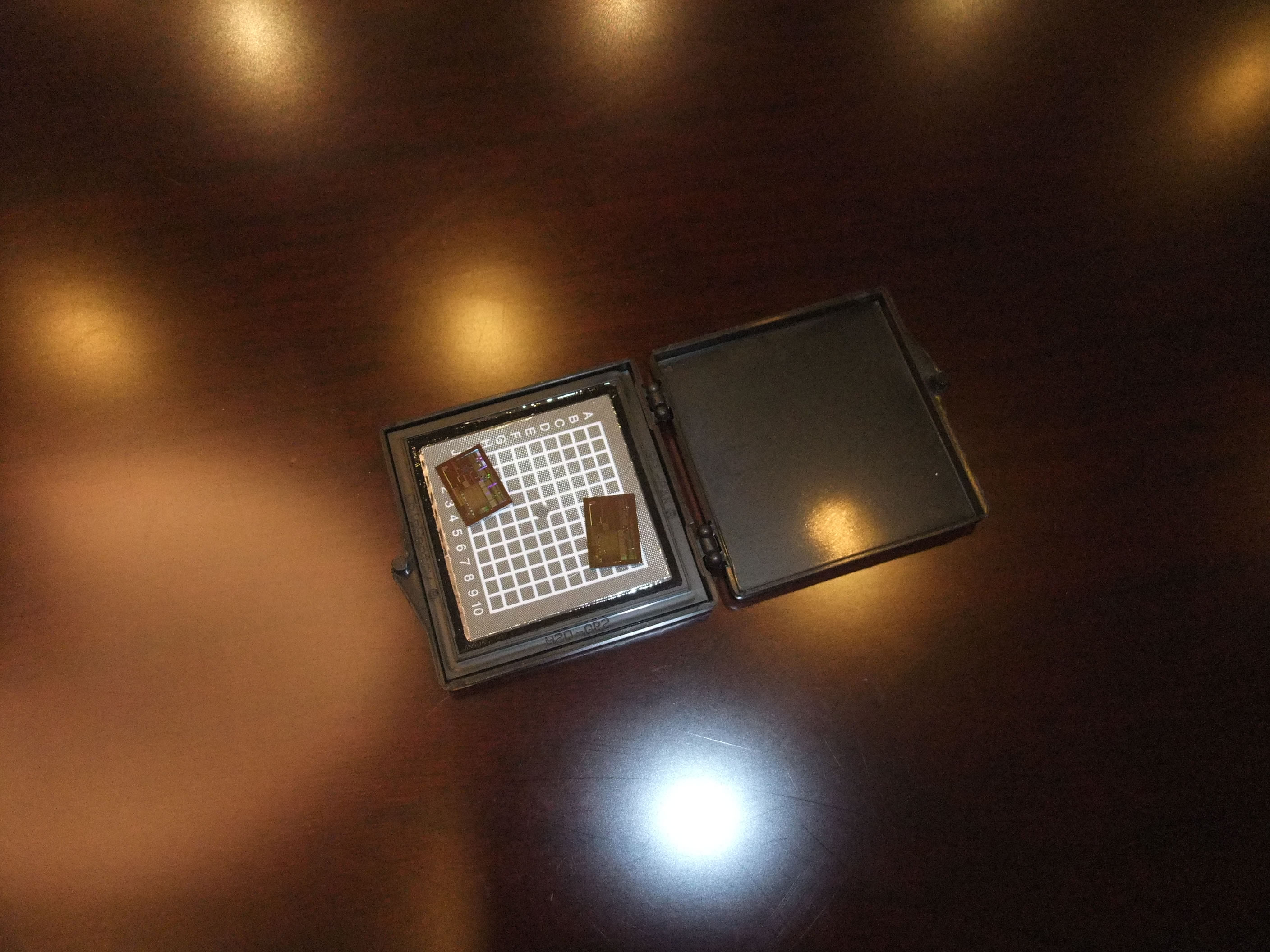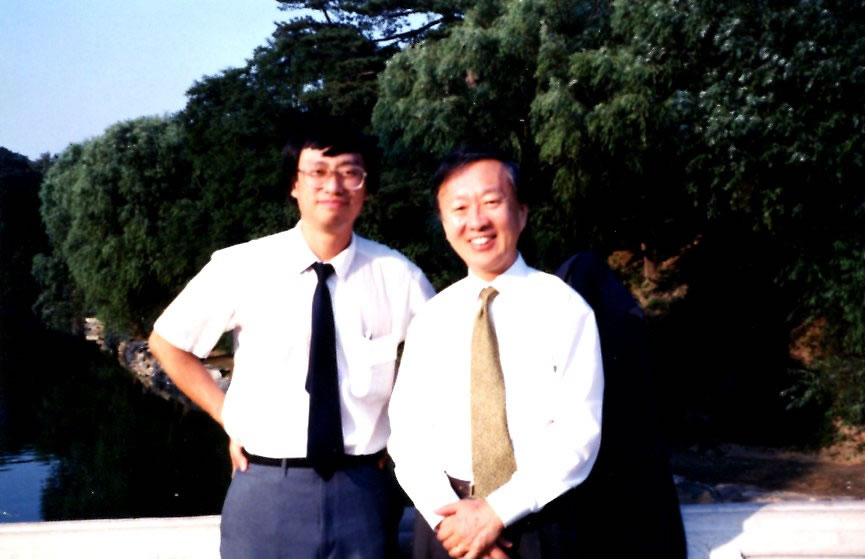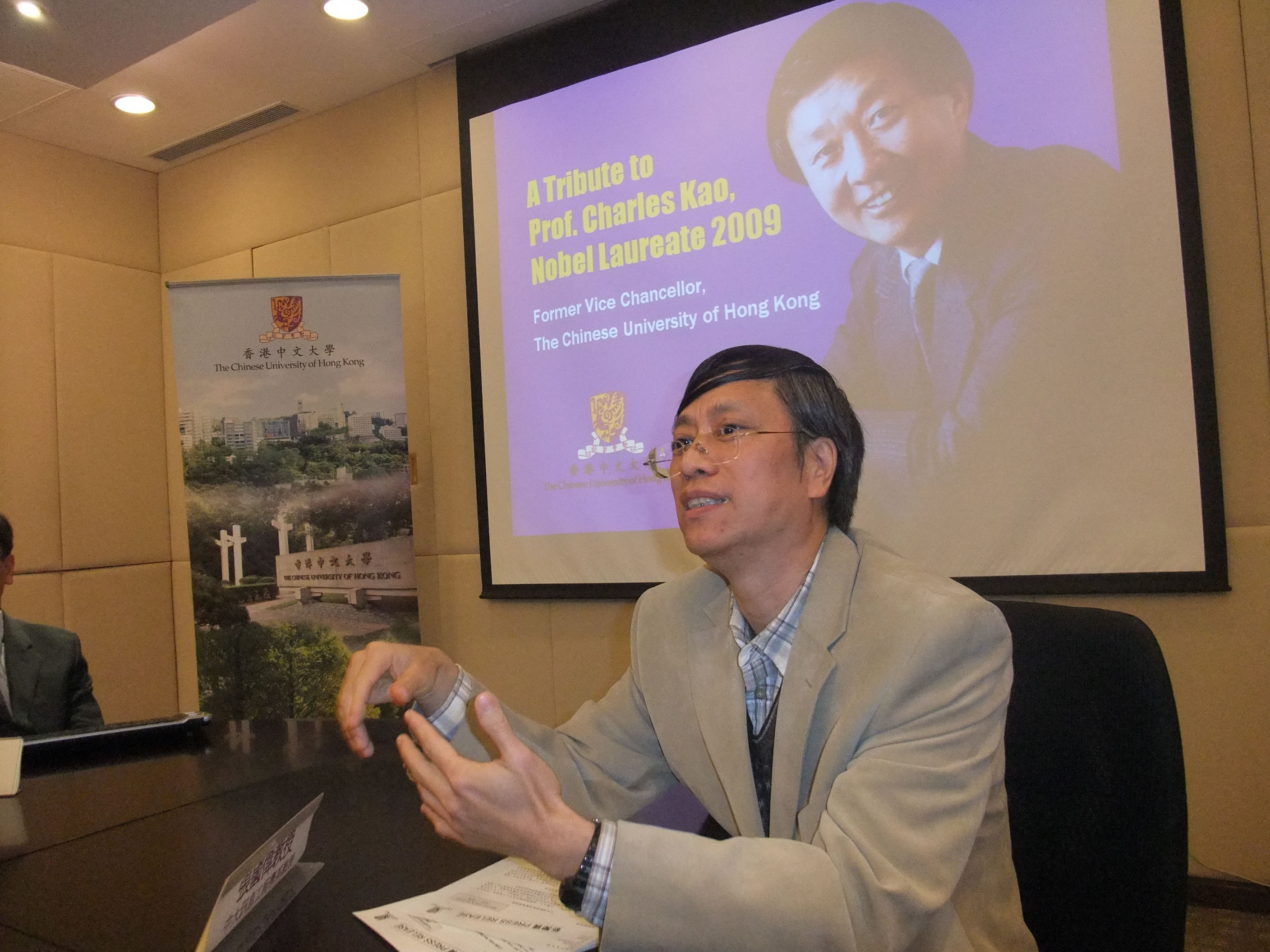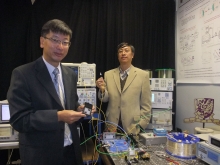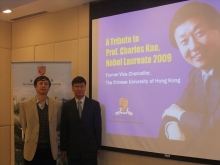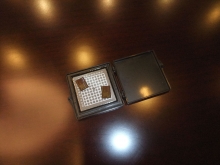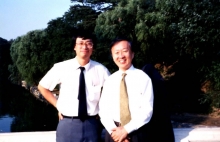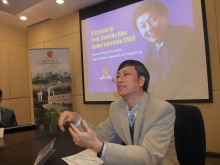CUHK
News Centre
CUHK Gains New Heights in Optical Fibre Communication
The 2009 Nobel Prize in Physics will be awarded to Prof. Charles K. Kao, former Vice-Chancellor of The Chinese University of Hong Kong (CUHK) and ‘Father of Fibre Optics’, on 10 December for his groundbreaking achievements in optical fibre communication. Since the founding of the Department of Electronics (now renamed to Department of Electronic Engineering) in 1970 by Prof. Kao, CUHK has established itself as one of the world’s leading universities in optical communication research. Research projects are conducted mainly by the Electronic Engineering and Information Engineering Departments. Recent projects include the following two:
Silicon Optical Chips on Antenna Improve Wireless Network Coverage
Hong Kong’s current wireless network does not cover certain remote areas on the outlying islands and in the suburbs, which is not only inconvenient, but can pose risks in certain situations. A comprehensive wireless network coverage is essential for obstacle-free wireless communication, and antennas play a key role in a network’s coverage. Existing antennas contain electronic chips, which can only process electrical signals and not optical ones. These antennas must be matched by the same number of wireless base stations in order to process signals. This entails large electricity consumption. It is also uneconomical to set up wireless base stations in remote areas due to their high cost.
Prof. Tsang Hon-ki of the Department of Electronic Engineering proposes to produce chips with an inexpensive material, silicon, which can enable antennas to switch wireless data into optical signals. Silicon antennas can process optical signals with a fewer number of wireless base stations. In other words, one base station can process signals sent from several antennas. This will greatly reduce the number of wireless base stations, minimizing set-up cost and energy consumption. Besides, silicon chips can produce high-frequency radio using optical techniques at low costs, thereby making possible a new generation of broadband wireless access (e.g. Wi-Fi) which is ten to a hundred times faster than existing systems. Prof. Tsang said, ‘The existing quality of online videos viewed with a 3G mobile phone is poor. They are usually compressed with low-resolution. The new technology enables people to enjoy smooth and real-time streaming videos, even in high-definition quality, anytime and anywhere.’
Energy-efficient and Ultra-high Capacity Optical Network
Due to the popularity of Internet Protocol television (IPTV) and the rapid increase in video downloading, it is found that 80% of Internet traffic worldwide is related to video transmission. Although many users are already enjoying the high-speed Fibre-To-The-Home (FTTH) service, data traffic still has to pass through electronic routers, which can only process electrical but not optical signals. Therefore, data must go through an optical-to-electrical-to-optical (OEO) conversion that requires a huge amount of energy to operate, causing significant environmental impact. According to the projection made in 2008 by Prof. Wu Hequan, Vice President of the Chinese Academy of Engineering, the transmission needs of China will grow a hundredfold in 10 years’ time, creating the demand for a hundred huge electronic routers. Each year, the routers will consume the same amount of electricity as the yearly consumption of 13 million people, which equals the yearly volume of electricity consumed by the city of Shanghai.
To achieve green network communication, Prof. Cheung Kwok-wai of the Department of Information Engineering proposes to adopt an optical flow switching technology in optical routers, which are much smaller in size and cheaper than electronic ones. This allows the whole transmission process to be performed in an optical format, significantly enlarging transmission capacity. Prof. Cheung remarked that the new technology allows video data to be transmitted whole, rather than having to be broken down into millions of packets before transmission as is done nowadays. This simplifies the transmission process, rendering it more efficient. It will also save energy as complicated OEO conversion will no longer be necessary, making possible the next generation of ultra-high capacity optical network.
The project is funded by the National Science Foundation of China and the Hong Kong Research Grants Council. CUHK will collaborate with the State Key Laboratory in Advanced Optical Communication Systems and Networks of Peking University to further develop the technology.
Live Broadcast of the Nobel Lecture in Physics at CUHK
The Nobel Lecture in Physics by Prof. Charles K. Kao, entitled ‘Sand from centuries past; Send future voices fast’, will be delivered by Mrs. Gwen Kao at Stockholm, Sweden this Tuesday (8 December). The lecture will be broadcast live on campus and the University’s website. Members of the public are welcome to attend the broadcast. Details as follows:
Date : Tuesday, 8 December 2009
Time: 3:45 pm to 4:45 pm (Hong Kong Time)
Language : English
Venue: T.Y. Wong Hall, 5/F, Ho Sin-Hang Engineering Building, CUHK
*First-come-first-served, doors open at 3:30 pm. The public can also visit the CUHK website (www.cuhk.edu.hk) to watch the live broadcast.
Learn More about Prof. Charles K. Kao and Optical Fibre Technologies
To learn more about the development of optical fibre communication inspired by Prof. Kao, CUHK will present an exhibition and two special lectures jointly with the Leisure and Cultural Services Department (LCSD). Entitled ‘A Tribute to Prof. Charles Kao – Father of Fibre Optics’, the exhibition will be held at the Science Museum from 8 December to 10 March 2010. It will introduce Prof. Kao's academic life and highlight his significant achievements over the past 40 years. Exhibition panels, material display and interactive exhibits on fibre optics will also be mounted. Exhibits will throw light on the theory behind the technology and its applications to daily life.
The two lectures are ‘Professor Charles Kao: Pioneer, Scientist, Innovator and Entrepreneur’ to be conducted by Prof. Cheung Kwok-wai from the Department of Information Engineering of CUHK on 12 December, and ‘Optical Fibre Communications: Charm and Challenges’ by Prof. Shu Ching-tat from the University's Department of Electronic Engineering on 20 December.
The exhibition and the lectures are open to public for free. Please visit http://www.cuhk.edu.hk/cpr/charleskao/ for details.

